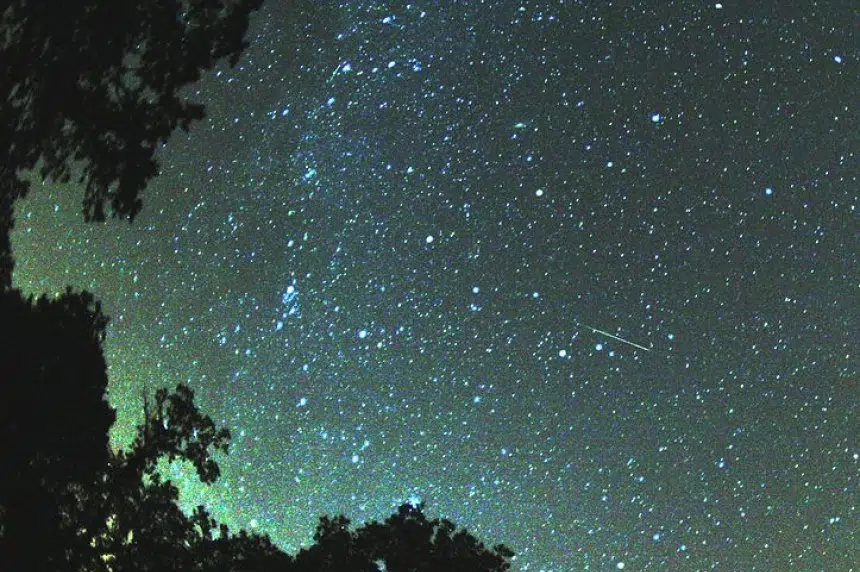Many people will be staring up at the sky Saturday night, but it won’t be for the northern lights.
The Perseid meteor shower will reach its peak around 10 p.m., according to the University of Saskatchewan’s Astronomy professor Stan Shadick.
“Maybe this year the best advice is to look early in the evenings, there’s sort of a small window in time between when the sky gets dark and when the moon is rising,” Shadick said.
Shadick says the light from the moon will make it a little difficult to see the meteor shower.
“You want to be out at a dark rural location so that light pollution is not a problem,” Shadick said.
Shadick also recommends bringing a blanket or a reclining chair.
Shadick explains “so that you can lie down and look up at the entire sky, that’s probably gonna double the number of meteors that you could see.”
The meteor shower usually streaks the sky with what looks like fluorescent light. Shadick said this is due to the friction created when the meteors enter earth’s gravity.
“What’s happening is I like to call it a river of dust and debris in space that’s orbiting around the sun,” Shadick said.
On Monday, August 21 there will be a solar eclipse. Shadick recommends using eye protection when looking up or coming down to the U of S Observatory as it will be open to the public to watch the eclipse.











